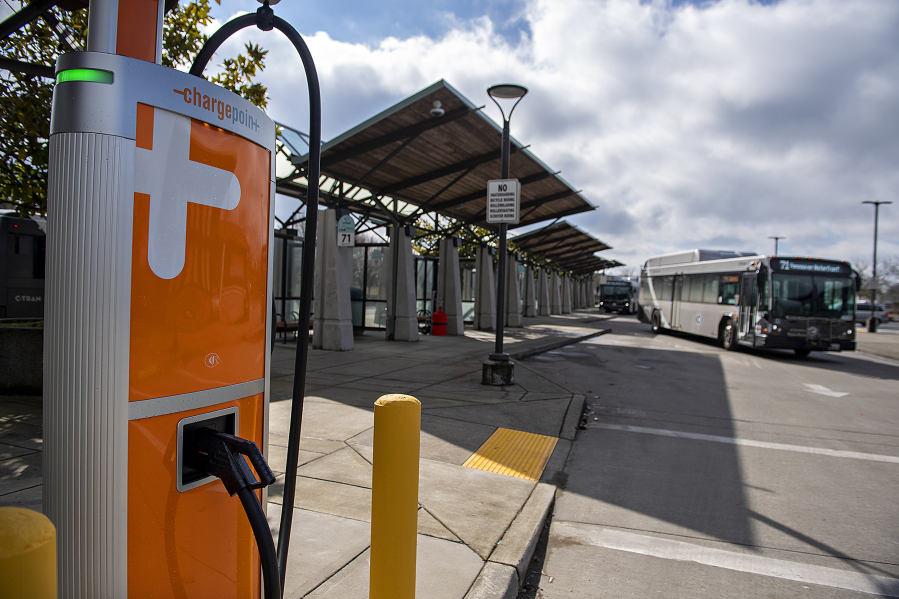We’ve all encountered supply-chain shortages recently, from eggs to semiconductors.
And although supply chain issues can make it months to years before you can pick up your electric vehicle, once the key is in hand, drivers in Clark County are unlikely to encounter any shortages of electricity or chargers.
For most, being able to “fill up the tank” is as close as the garage. Still, forethought and planning extend beyond purchasing the vehicle to planning out long drives, where to charge and what level of charger to use.
Among the issues to decide are whether to charge at home, and whether to invest in a Level 2, 208-240-volt charger with a 40-amp circuit breaker — an upgrade much like what’s needed with an electric dryer — or to stick with a Level 1 charger, which plugs directly into the wall.
Charging at home
Ken Stryker typically charges his Rivian R1T pickup overnight twice a week at home. It takes about eight hours to get a full charge. The added cost to Stryker’s electricity bill is $20 to $30 a month, a blip compared with the cost of fuel for the Ford F-150 he drove 25,000 miles per year.




